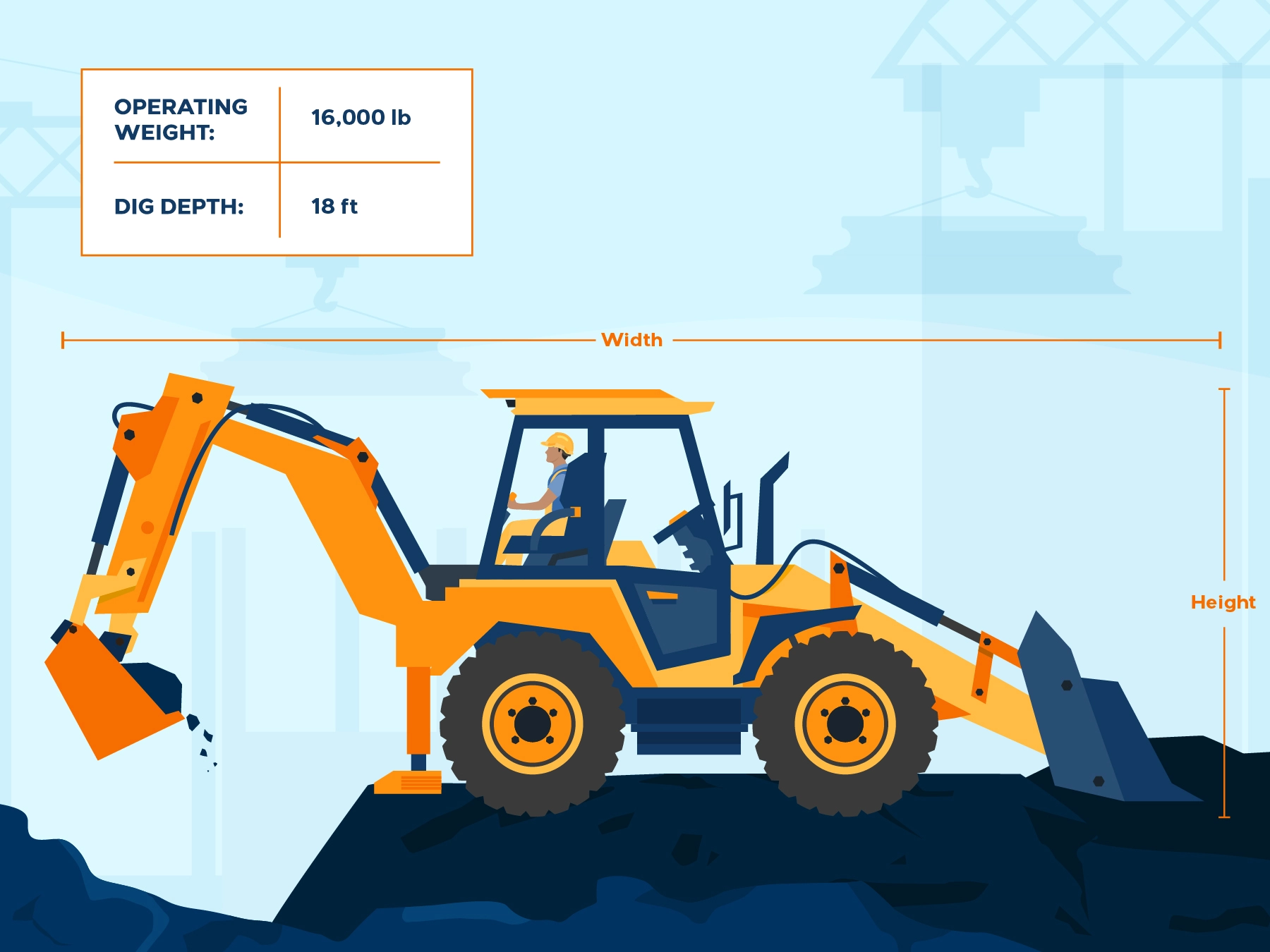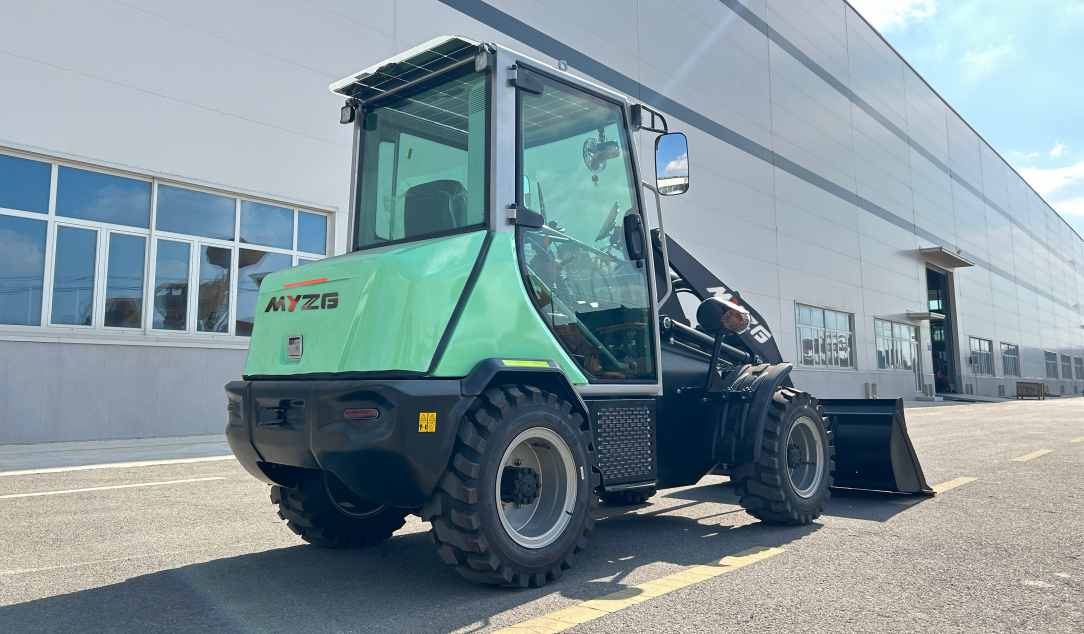What is Operating Weight?
Operating weight, also known as gross vehicle weight, is a crucial specification for wheel loaders. It refers to the total weight of the machine when it's fully fueled, equipped with all standard attachments, and ready for operation. This includes the weight of the chassis, engine, hydraulic system, tires, and any additional optional equipment.

Factors Affecting Operating Weight
Several factors influence a wheel loader's operating weight:
- Basic Machine Weight: This is the weight of the base machine, including the chassis, engine, hydraulic system, and tires.
- Counterweight: Additional weight added to the rear of the machine to improve stability and lifting capacity.
- Bucket Capacity: The size and weight of the bucket can significantly impact the overall operating weight.
- Optional Equipment: Attachments like forks, rippers, and snow plows add to the weight.
- Fuel and Fluids: The weight of fuel, hydraulic oil, and other fluids in the machine.
Importance of Operating Weight
Understanding the operating weight of a wheel loader is essential for several reasons:
- Transport and Logistics: Knowing the operating weight helps in planning transportation and logistics, especially when moving the machine between job sites.
- Ground Pressure: The operating weight determines the ground pressure exerted by the machine, which can impact soil compaction and terrain suitability.
- Structural Integrity: The machine's structure, including the frame and axles, must be designed to withstand the operating weight.
- Engine and Hydraulic System Capacity: The engine and hydraulic system must be powerful enough to handle the weight of the machine and its attachments.
- Tire Selection: The tires must be rated to support the operating weight and provide adequate traction.
How to Determine Operating Weight
The operating weight of a wheel loader can be determined in several ways:
- Manufacturer's Specifications: The manufacturer's specifications provide the estimated operating weight for different configurations.
- Weighing the Machine: Using a large-capacity scale or load cells, the machine can be weighed to determine its exact operating weight.
- Calculating the Weight: By adding up the weights of individual components, such as the engine, hydraulic system, and attachments, an estimated operating weight can be calculated.
Optimizing Operating Weight
To optimize the operating weight of a wheel loader, consider the following factors:
- Select the Right Configuration: Choose a machine with the appropriate engine power, hydraulic system, and bucket size for the specific application.
- Add or Remove Counterweight: Adjust the counterweight as needed to improve stability and lifting capacity.
- Optimize Fuel and Fluid Levels: Keep the fuel and fluid levels at the recommended levels to avoid unnecessary weight.
- Consider Tire Selection: Choose tires that provide adequate traction and support the operating weight without excessive ground pressure.
- Regular Maintenance: Proper maintenance can help maintain the machine's optimal operating weight and performance.
By understanding the concept of operating weight and its implications, you can select and operate wheel loaders more effectively.
Post time:Nov.12.2024

